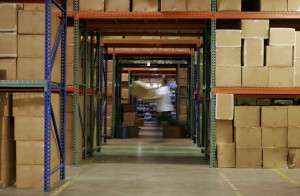
The main reason that bookstores won’t carry self-published books is not necessarily snobbery, but because the bookstore has the potential to take a loss on the book. Bookstores need the assurance that a publisher will buy back unsold books and this is not the case with print on demand copies. It’s possible to buy back print on demand books, but it will be for more than the bookstore bought the book, meaning you will take a loss on every book bought back. Because self-published books are less likely to sell, due to less marketing muscle, most bookstores just aren’t willing to take the chance.
But it’s not impossible. And this article will be about widespread distribution. Any author can – and should – take books to every bookstore in town and sell them on a consignment basis – you’re paid only when a book is sold, often for a pre-set priod. Bookstores are amenable to local writers. When it’s a bigger struggle is when the author does not have local appeal. Here are ways to sell to out of city, or out of state bookstores.
- First you should think about a short print run, rather than printing on demand. A print run will ensure a lower cost for each book – this means that you will be able to sell the books to each bookstore at a lower cost so you will be able to buy back unsold books. Printing books yourself makes you a true publisher, allowing you to more accurately set prices.
- Have a marketing plan in place before pitching to bookstores. A bookstore wants some assurance that books will sell. An aggressive marketing campaign – including offline marketing, such as radio – is important. Your book cover design will also play a part in a bookstore buyer taking the book seriously.
- It’s possible to contact book distributors about distributing your book, but not the larger book distributors. For instance, a major small-press distributor like Consortium will only take on a book if it’s part of a press with an established catalog. In this way, distributors are mostly interested in distributing publishers, not in individual books, so don’t count on an individual title being distributed. Distributors will also take a fair chunk of the royalties for each book sold and even charge for storage and shipping, in addition to the 55% discount on each book.
List of Book Distributors
The main thing governing book distribution is money: do you have the money to afford a print run and marketing plan, rather than go more bare-bones with print on demand. Check Book Printing Revolution for good prices on book printing and then contact these distributors about potentially distributing your book through normal distribution channels – each link goes to the book distributor’s FAQ page about distribution:
- APG Books
- Atlas Book Distribution
- Bella Distribution
- Blue Sky Media Group
- BCH Distribution
- Book Hub
- C&B Books Distribution (African American fiction)
- Cardinal Publishers Group
- Diamond Comics (Comics & graphic novels)
- Greenleaf Book Group
- Independent Publishers Group
- Ingram (The major POD distributor via Lightning Source)
- International Publishers Marketing (Academic and trade distributors)
- Last Gasp (Alternative media)
- Midpoint Trade Books
- Mint Publishers Group
- National Book Network (Like Consortium, publishers need a longer list of titles)
- Partners Publishers Group
- Perseus Distribution (A more-advanced distributor)
- Publishers Group West (The big time)
- SCB Distributors (4 or more titles a year)
- Small Press Distribution (Literary fiction)
- STL Publisher Services (Christian book distributors)
One of the reasons that you self-published may have been to avoid the process of querying to agents and editors – or else you’ve been through the ringer and you decided to self-release after the book didn’t have initial takers. Well, submitting a book for consideration to distributors is not a very different process – you need a good query, based on previous sales and projections of future sales, if you hope to land distribution with one of the major outlets. So the querying process is not over – but this stage emphasizes the “publisher” in self-publisher. Mill City Press is a self-publisher that will submit a distribution proposal to the major chains – no guarantee that this will work, but this is more thorough than most self-publishers.
Note: it is a good idea to get references regarding distributors before signing a distribution deal. One of the major complaints about distributors is late payment or lack of payment. Distributors can even go out of business, taking your profits with them. So check with the Better Business Bureau and any chatter online about people’s praise or complaints regarding a particular distributor. Unfortunately, the distributors that are most likely to take on single titles – i.e. self-published one-off books – are also those distributors with greater complaints.
Get an Editorial Review | Get Amazon Sales & Reviews | Get Edited | Get Beta Readers | Enter the SPR Book Awards | Other Marketing Services


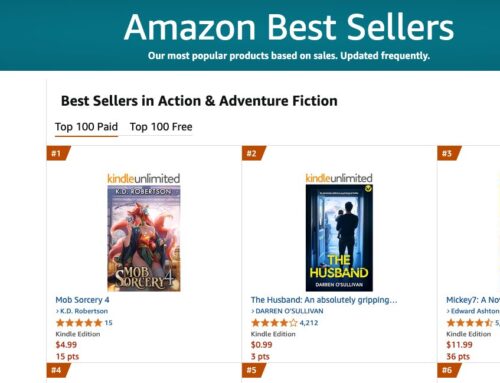





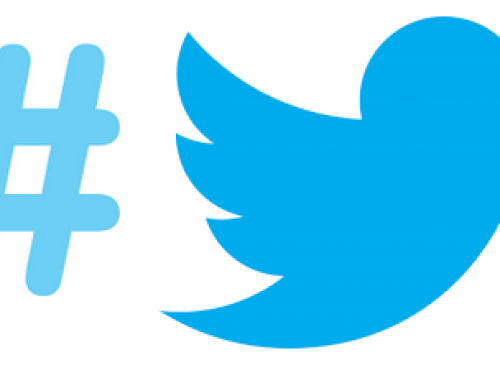

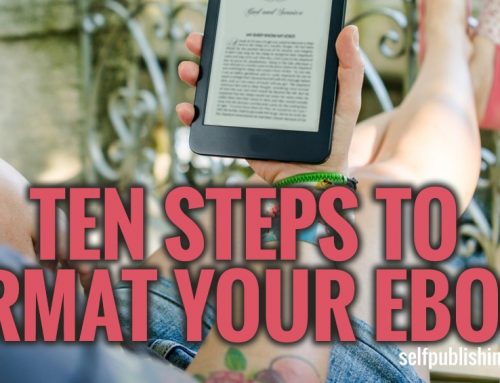
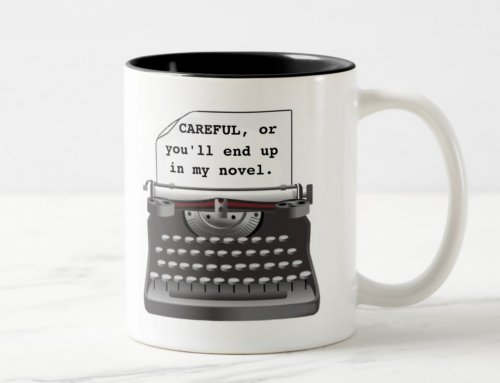
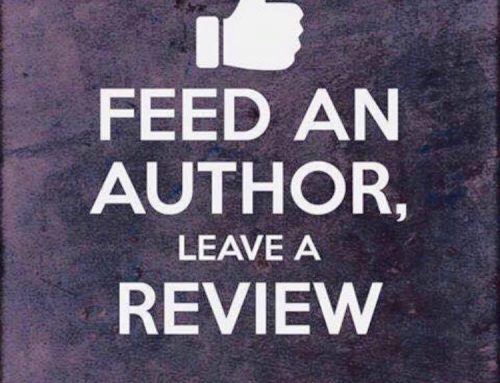

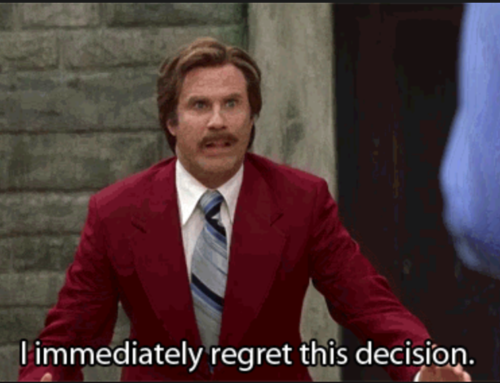
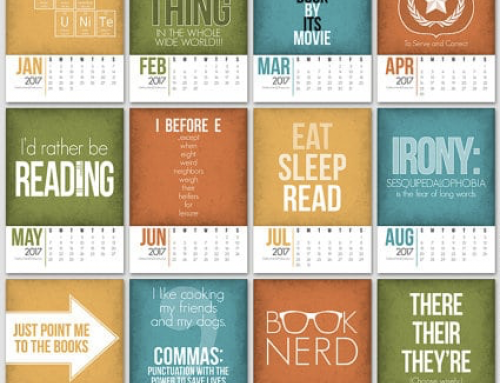

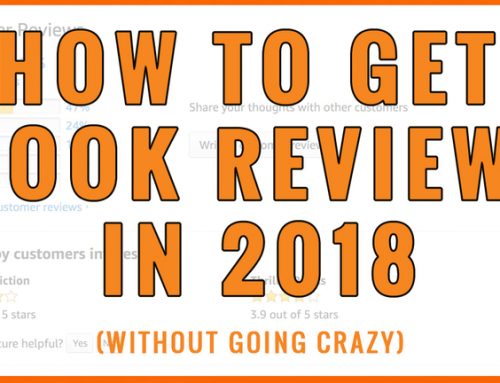
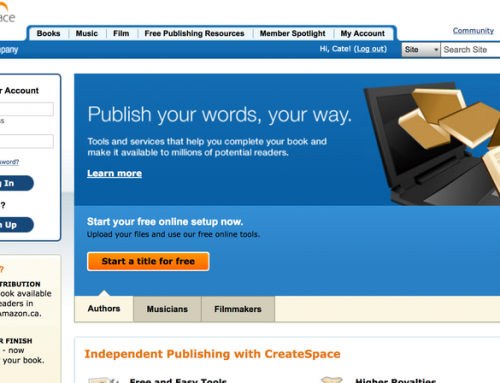
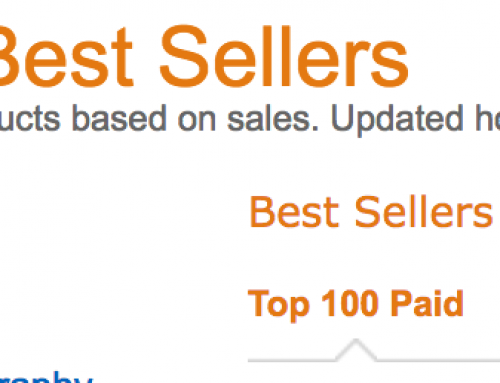
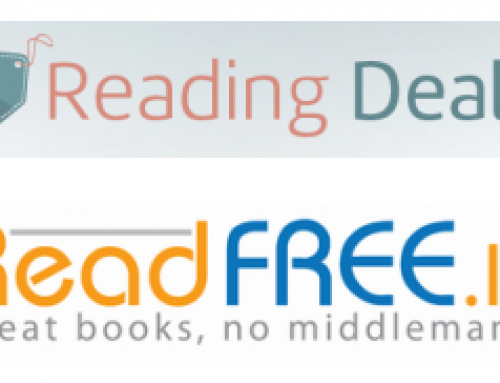
This was very insightful. I truly appreciated every bit. I am a self-published “one-off”, author. This book does have a very attractive marketable cover and title. I know I have my challenges ahead of me so this will help in overcoming them and completing my goals.
Thank you again,
Tina Soriano (Author) “Girlfriend Please! Snap out of it! He’s not worth it!”
FDF Publishing
P.O. Box 4395
El Monte, Ca. 91734
(562) 743-0869
Thank you so much, this article is great and the links to the distributors is a godsend.
I have tried a few distributors but the prices they want are unbelievable.
I always say if I thought writing the book was hard, try selling the bloody thing.
I did a print run and have boxes of books all over the house, but if you have the resources a print run is definitely the way to go (also if you have the storage space).
Thanks again for the article.
Carolyn McAndrew
The Essential Wedding Planner
This statement doesn’t make sense to me:
“Bookstores need the assurance that a publisher will buy back unsold books and this is not the case with print on demand copies. It’s possible to buy back print on demand books, but it will be for more than the bookstore bought the book, meaning you will take a loss on every book bought back.”
Why on earth would you have to buy the books back for MORE than the bookstore paid for them? Why would anyone agree to that?
Because you have to factor in shipping as well. If you’re doing this out of pocket, it doesn’t add up.
Ditto on the part about factoring in paying for the cost of return shipping, plus distributor is going to hit you up for restocking your book(s). On-demand printing is roughly double per unit what you would pay if printing, say, 1,000 or so books via traditional printing, so you have a much-smaller margin to begin with even before the book gets returned.
Years of research tells this author (Two completed business books, and a novel underway.) it costs the author a lot of money to get a book in print; regardless of method. The editor, book designer and others get their money up front. The author, bets on the come. The only time an author is benefitted from publishing a book is if it supports their business and they can recover their losses from clients. There are precious few other ways to make money on publishing because marketing and distribution cost are expensive and required.
Which leads one to ask, who then, is writing those many ‘self help’ and advice books? Surely not the experts, they don’t need the PR nor do they have the time for all that book promotion. They are working with their clients. Ah, such a conundrum.
I noticed the link for AtlasBooks Distribution goes straight to the distribution proposal. This link, http://www.atlasbooksdistribution.com/index.html, might be a better start as an introduction to who AtlasBooks is and what they do.
We started with the print on demand service Create Space and took our books around to local markets and craft shows. After receiving plenty of positive feedback and meeting with the buyers at Canada’s biggest book retailer we went to a print broker who got us a great deal on a small run.
We continuously try to get our books into independent shops and other retail stores. It takes a lot of time and effort however, after reading this article, getting a distributor sounds more like a headache then a solution.
Check out our unique books for kids at http://www.pictureitpicturebooks.com. They are the only books kids can illustrate themselves!
We are getting ready to publish a workbook for a niche market. This information was definitely useful. Thank you for your help
Thank you for posting the listing of distributors. Any feedback from anyone regarding which distributors are best for self-publishers to use? Any recommendations or cautions would be greatly appreciated. FYI: We are currently checking out Pathway Book Service (not on the above list)and find no complaints on BBB and have received recommendations for their services.
The link listed for STL Publisher is clearly NOT a Christian publisher. I’m not sure what they do, more like a site on relationships.
Thanks – just checked, the domain expired since this list was put together. They’ve got a new domain – http://www.stl-distribution.com.
This was helpful. I just self-published my first novel with my brother. We did a print run and got a good price by shopping around. We are very happy with Pathway so far…they are professional and responsive and easy to work with. Bottom line on self-publishing…it takes time and money and you have to bet on your work but you learn, learn, and learn some more and it’s almost as fun as writing. Good luck to everyone.
[…] How to Get Book Distribution for a Self … – This was very insightful. I truly appreciated every bit. I am a self-published “one-off”, author. This book does have a very attractive marketable cover and title. […]
My experience to date – do not jump in and spend your cash on a print run ( eg 1000 books) on your first attempt. You will not sell them. No distributor, no contacts, no marketing, no track record, no business set up = £££$$$ down the drain, a room full of boxes, and no money for promotion.
Keep your feet on the ground. Your first book is just a manuscript, you don’t even know it well enough yourself yet to be the true judge of its potential. You only get to know your book after it’s printed. Print a FEW copies for selected distributors and for reviews (if you can get them). It costs more per unit, but saves you a small fortune and a lot of headaches. Spend your cash on decorating the house, not on boxes of unsold books.